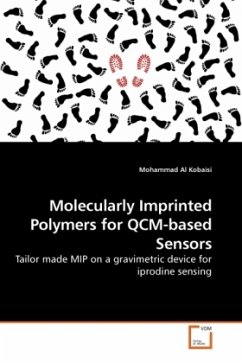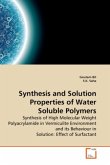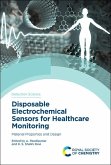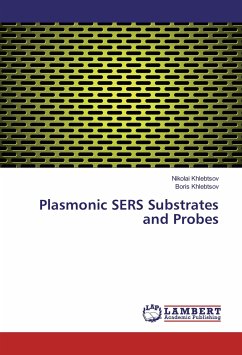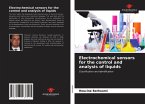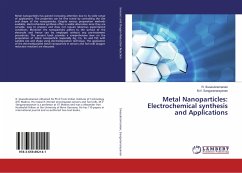Rapid onsite detection and quantification of specific analytes is important in many fields. This work is concerned with a detailed examination of the preparation and properties of molecularly imprinted polymers (MIPs) designed for use on a quartz crystal microbalance (QCM) device for the detection of iprodione, a fungicide widely used in viticulture. MIPs were utilized as a recognition system mounted on a QCM as a mass sensitive transducer producing a detectable electrical signal from iprodione adsorption to the attached MIP film. The synthesis and characterisation of a series of MIPs were investigated. Active surface area analysis and other physico-chemical measurements were explored to characterise the factors influencing the MIPs morphology, porosity, pore-size distribution and adsorption selectivity. The QCM-MIP response to iprodione could be used for the quantitative detection of viticulture fungicide, iprodione, in different mediums including grape juice and white wines. This work should help shed some light on using MIPs to make sensitive and selective layers towards different chemicals, especially in the chemical industries considering utilizing online sensing.
